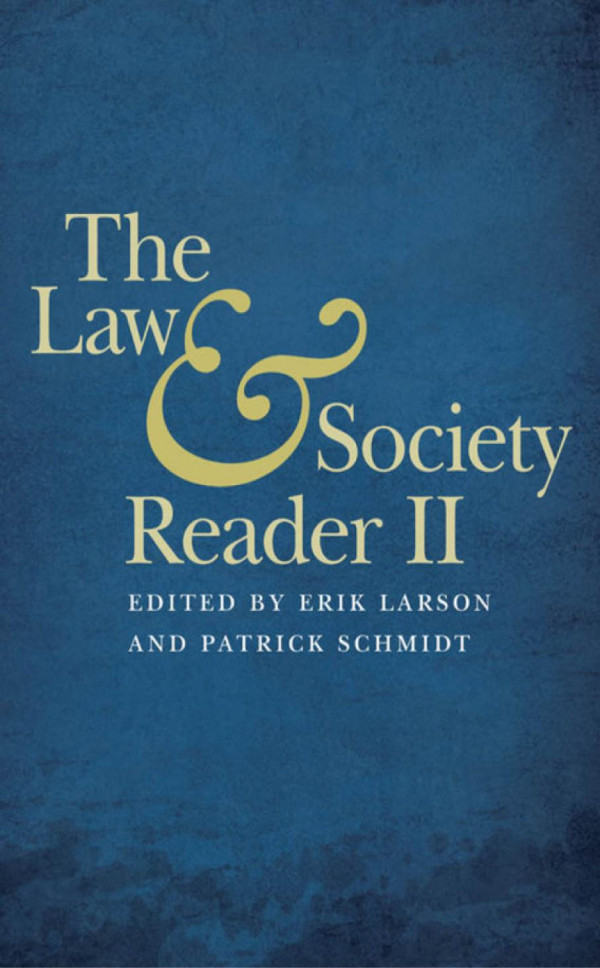

Most ebook files are in PDF format, so you can easily read them using various software such as Foxit Reader or directly on the Google Chrome browser.
Some ebook files are released by publishers in other formats such as .awz, .mobi, .epub, .fb2, etc. You may need to install specific software to read these formats on mobile/PC, such as Calibre.
Please read the tutorial at this link: https://ebookbell.com/faq
We offer FREE conversion to the popular formats you request; however, this may take some time. Therefore, right after payment, please email us, and we will try to provide the service as quickly as possible.
For some exceptional file formats or broken links (if any), please refrain from opening any disputes. Instead, email us first, and we will try to assist within a maximum of 6 hours.
EbookBell Team

4.0
96 reviewsLaw and society scholars challenge the
common belief that law is simply a neutral tool by which society sets standards
and resolves disputes. Decades of research shows how much the nature of
communities, organizations, and the people inhabiting them affect how law
works. Just as much, law shapes beliefs, behaviors, and wider social
structures, but the connections are much more nuanced—and surprising—than many
expect.
Law and Society
Reader II
provides readers an accessible overview to the breadth of recent developments
in this research tradition, bringing to life the developments in this dynamic
field. Following up a first Law and
Society Reader published in 1995, editors Erik W. Larson and Patrick D.
Schmidt have compiled excerpts of 43 illuminating articles published since 1993
in The Law & Society Review, the
flagship journal of the Law and Society Association.
By its organization
and approach, this volume enables readers to join in discussing the key ideas
of law and society research. The selections highlight the core insights and
developments in this research tradition, making these works indispensable for
those exploring the field and ideal for classroom use. Across six
concisely-introduced sections, this volume analyzes inequality, lawyering, the
relation between law and organizations, and the place of law in relation to
other social institutions.